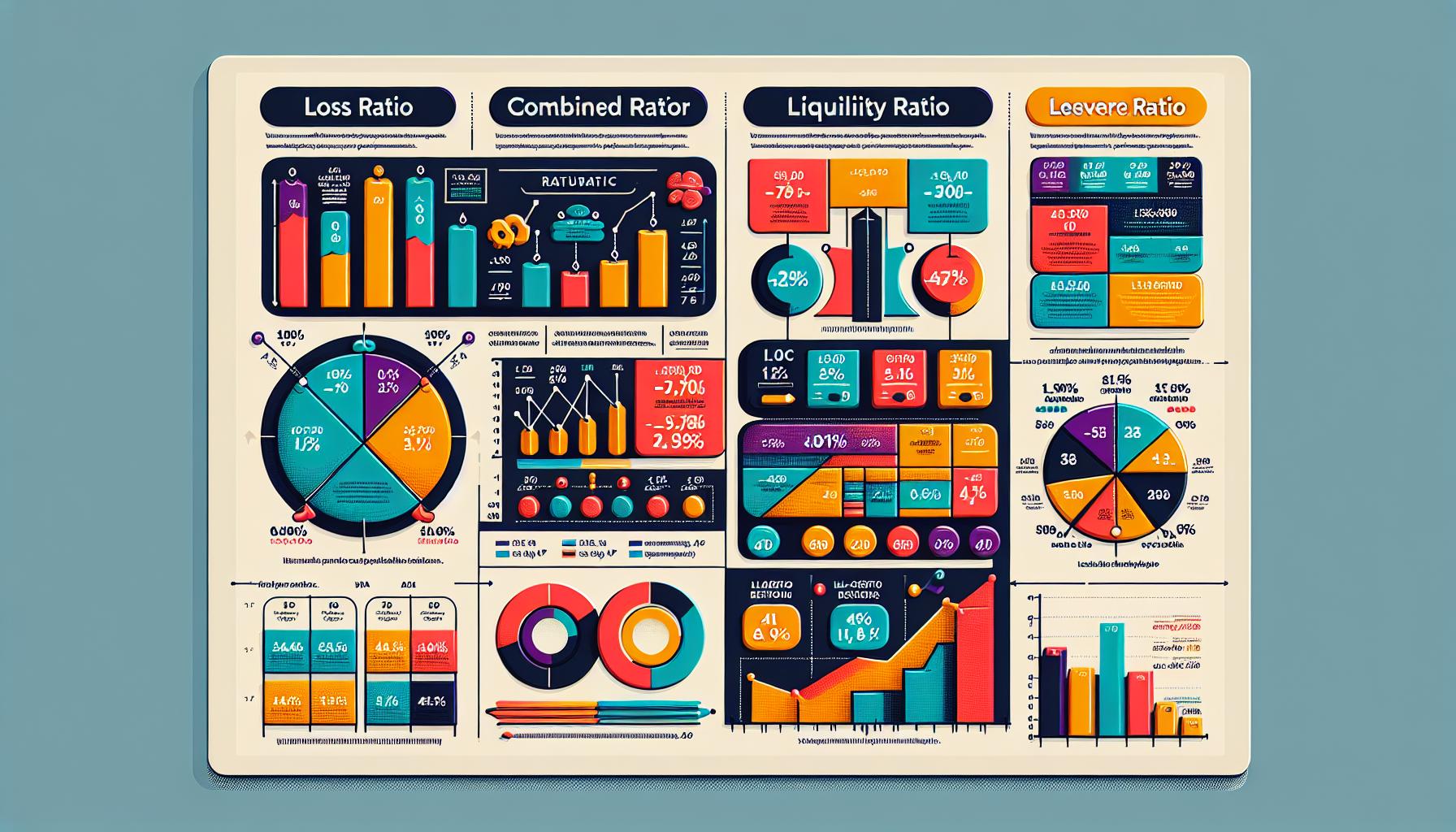Purchasing insurance involves more than comparing premiums and coverage details. It’s about trusting an insurer with your financial protection. While a policy’s basic details might look appealing, the true strength of an insurance company lies in essential metrics known as insurance ratios. These ratios are crucial for regulators and financial analysts who assess an insurer’s capacity to settle claims, manage costs, and maintain profitability. Understanding these numbers helps make informed, confident decisions when choosing an insurance policy.
1. Loss Ratio
The loss ratio is a key indicator of an insurance company’s financial health. It measures claims paid compared to premiums collected. A typical loss ratio ranges from 60% to 70%, showing the company is balancing obligations to policyholders while keeping a margin for expenses and profit. A consistently high loss ratio might signal inefficiency or mispricing, both of which threaten an insurer’s stability.
2. Expense Ratio
Every business has operating expenses, and insurers are no exception. The expense ratio shows what percentage of premiums cover administrative, underwriting, and other costs. A balanced ratio is crucial, as a high expense ratio may indicate management issues, while a very low ratio might mean potential compromises in customer service or product offerings.
3. Combined Ratio
This ratio merges the loss and expense ratios, providing an overall view of an insurer’s profitability. A ratio below 100% indicates profitable core activities, excluding investment income. Conversely, a combined ratio over 100% suggests the insurer pays more in claims and expenses than it earns from premiums, risking financial instability.
4. Solvency Ratio
Insurers must handle unexpected claim surges, and the solvency ratio measures their ability to do so. It compares the company’s total assets to its liabilities, reinforcing its ability to meet long-term obligations and claims. A high solvency ratio is a positive indicator of resilience and financial endurance.
5. Retention Ratio
The retention ratio, or renewal ratio, measures the proportion of policies renewed over time. It reflects customer satisfaction and loyalty. A high retention ratio often indicates trust in the insurer, highlighting effective customer service and competitive pricing that encourages clients to renew their policies.
6. Net Premiums Written (NPW) to Policyholders’ Surplus
This ratio evaluates an insurer’s capacity to take on new business. A low NPW to policyholders’ surplus ratio is preferred, indicating ample surplus to cover underwriting risks. A high ratio suggests potential vulnerability to claims that could destabilize financial health.
Knowing these key insurance ratios gives insight into an insurer’s operational and financial strength, far beyond surface-level marketing or pricing. By understanding these figures, you empower yourself to make informed choices, ensuring the insurance company you select is reliable and can safeguard your financial future.
Consider using standardized reports detailing these ratios, such as those from ratings agencies like A.M. Best, Moody’s, or Standard & Poor’s. Engaging a financial advisor can also help interpret these metrics in the context of your personal needs and goals. Exploring the insurance market with such diligence ensures you’re not just buying a policy but securing dependable financial protection for life’s uncertainties.
Source: Moneycontrol

